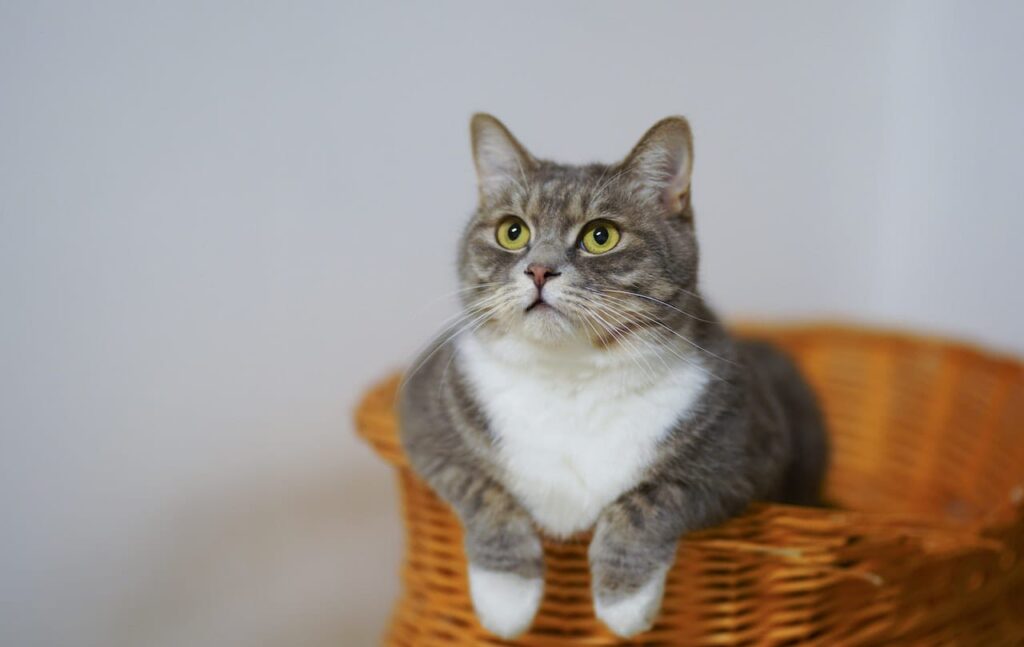
Ever pondered how to start your pet friends on a smooth potty-training journey? Learning the skill of toilet training can help you and your pet live in harmony, whether you’re a first-time pet owner or hoping to improve your pet’s behaviors. This procedure can be difficult, this is where this manual comes in handy. It puts up five expert suggestions to help you navigate the experience. These techniques will assist you in creating a happy and effective potty training experience for you and your cherished pets. So let’s dive into these priceless suggestions if you’re prepared to improve your pet parenting abilities and strengthen your relationship with your four-legged buddies.
Establish a Regular Schedule
Establishing a reliable regimen is essential for success when toilet training your pets. Set specific hours for feeding, playing, and potty breaks since pets, like people, thrive on routine. Before going to bed, immediately following meals and in the morning, lead your pet outside or to their allocated toilet place. Your pet will clearly understand when and where to relieve themselves if you are consistent with your schedule. You may give children a structured atmosphere that helps their learning process by sticking to a regular schedule. This habit will eventually become second nature, helping to create a well-trained and content companion.
Use Reward-Based Training
Effective potty training for your pets relies heavily on using positive reinforcement. Offer your pet enthusiastic praise, their preferred treats, or a treasured toy when they successfully utilize the designated potty location. This advantageous relationship directly links the desired behavior and the benefits they receive. Avoid reprimanding or punishing for mistakes since this might lead to uncertainty and worry. Consistently using positive reinforcement helps create an atmosphere promoting cooperation and learning. This method fosters trust between you and your pet, which makes the toilet training process more fun for both of you.
Select a Designated Restroom Location
Choosing a specific potty spot for your pet, whether it be outside or indoors with a litter box, will make potty training much easier. By directing them to the same location each time, you can help them learn to link that location with toilet breaks. Choose an acceptable place with seclusion and accessibility for indoor choices. Outdoor spaces ought to be safe and convenient as well. This methodical technique will help your pet learn the connection between the designated area and the act of going potty, assisting them in knowing where to relieve themselves.
Watch for Cues and Warning Signs
For toilet training to be successful, close observation of your pet’s behavior is essential. Watch for minor signs like restlessness, sniffing, circling, or abruptly ceasing an activity. These actions frequently indicate that your pet needs to go potty. If you are aware of these indicators, you can act quickly to direct them to the designated lavatory. Understanding your pet’s nonverbal cues enables you to anticipate their requirements, which lowers the risk of mishaps and promotes easier training. You may strengthen your relationship with your pet and teach them when and where to pee by paying attention to their cues.
Think About Crate Training
Crate training as a potty training technique can be effective, particularly with puppies and dogs. A correctly sized crate can be a helpful aid in training dogs to retain their bladder until being brought outdoors because dogs have the instinct to keep their living quarters tidy. Make sure your pet can comfortably stand, turn around, and lie down in the crate and that it is cozy and the right size. It’s crucial to stress that the crate must never be applied as a discipline. By putting food, toys, or bedding inside, you can instead establish a favorable attachment. This routine offers your pet a secure sanctuary and setting ideal for successful toilet training.
Bottom Line
You may successfully guide your dogs or cats through this crucial learning phase by creating a routine, utilizing positive reinforcement, choosing a designated toilet location, looking out for clues, and thinking about crate training. As each pet is unique and develops at its rate, keep in mind that patience and understanding are essential. You can foster a close relationship with your furry friends and ensure a seamless transition into a well-behaved, potty-trained lifestyle by following these five expert guidelines.